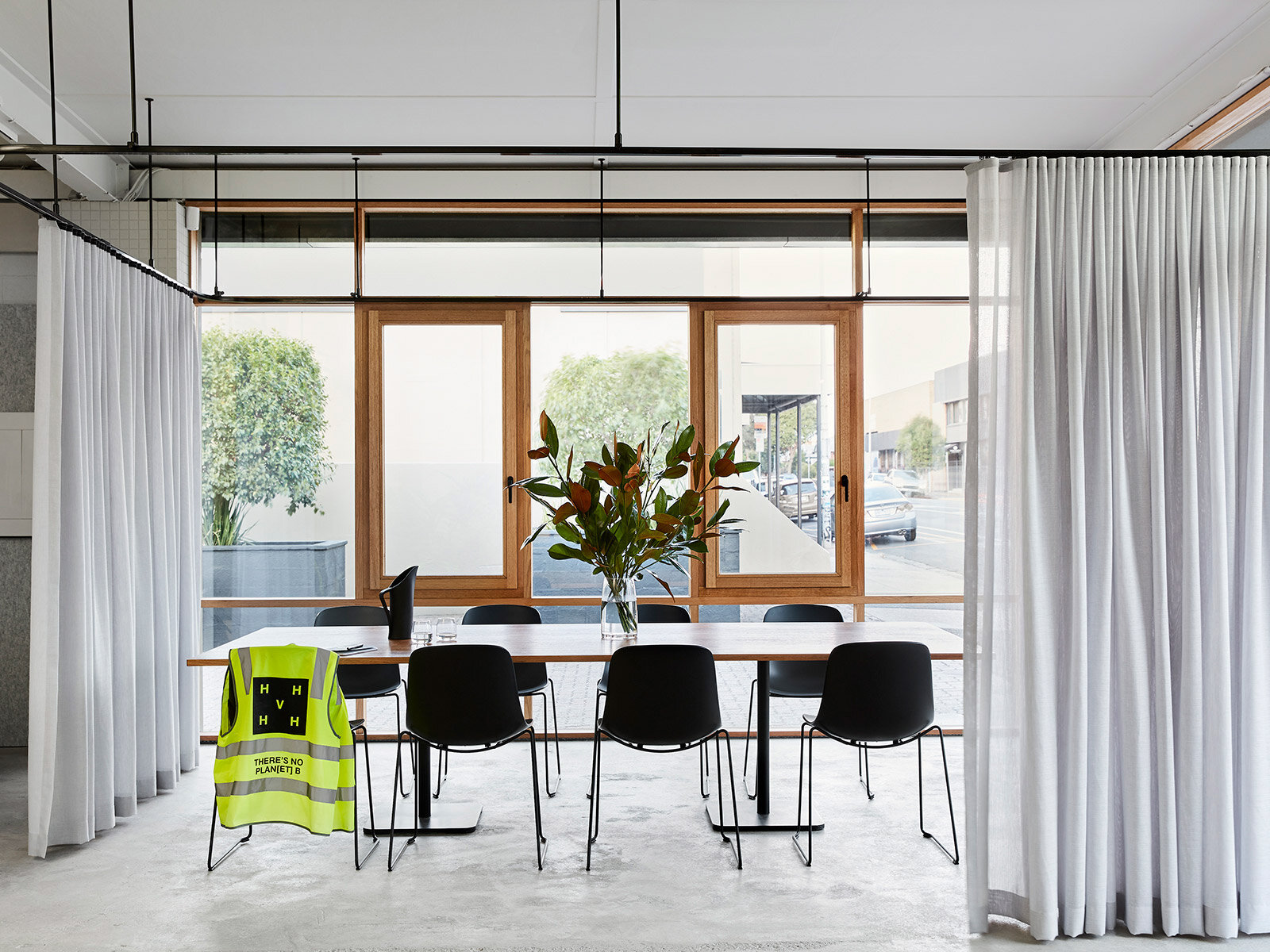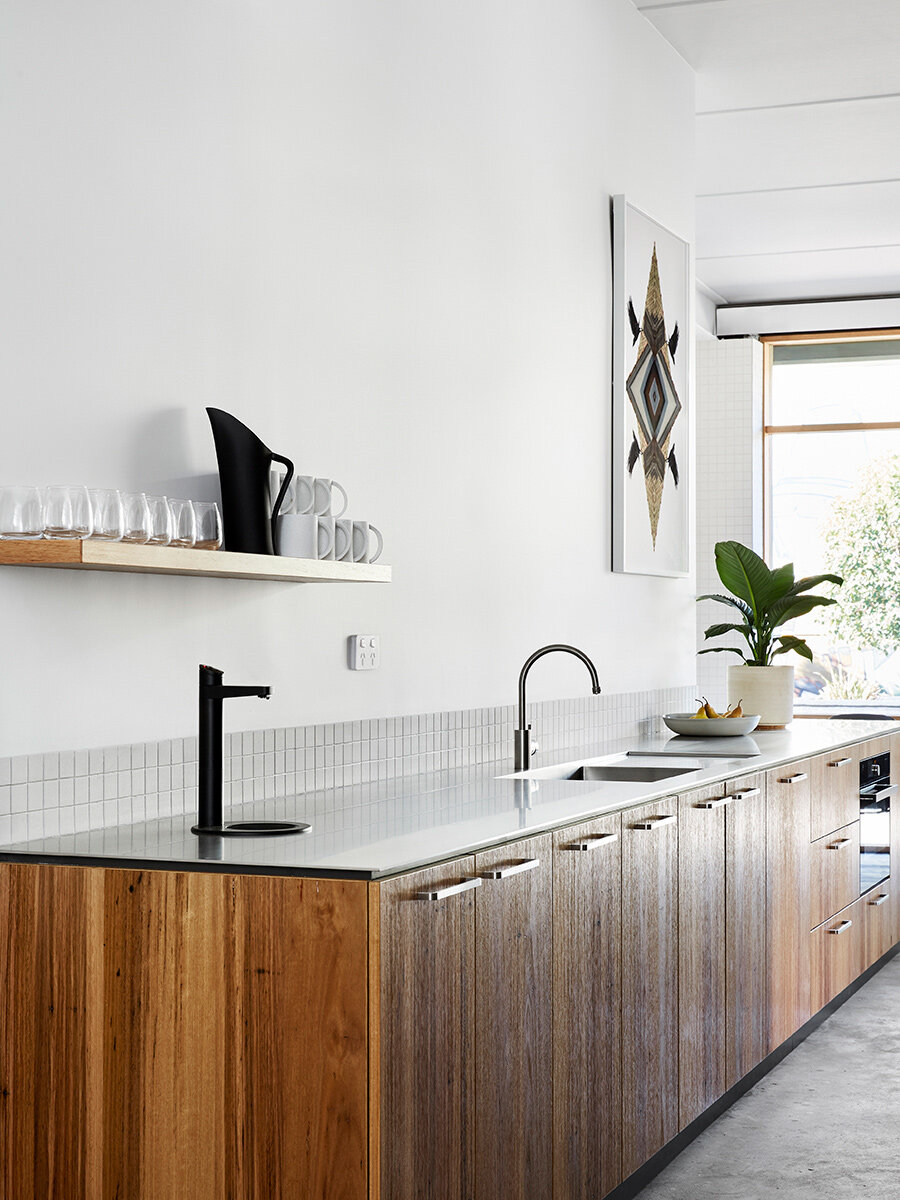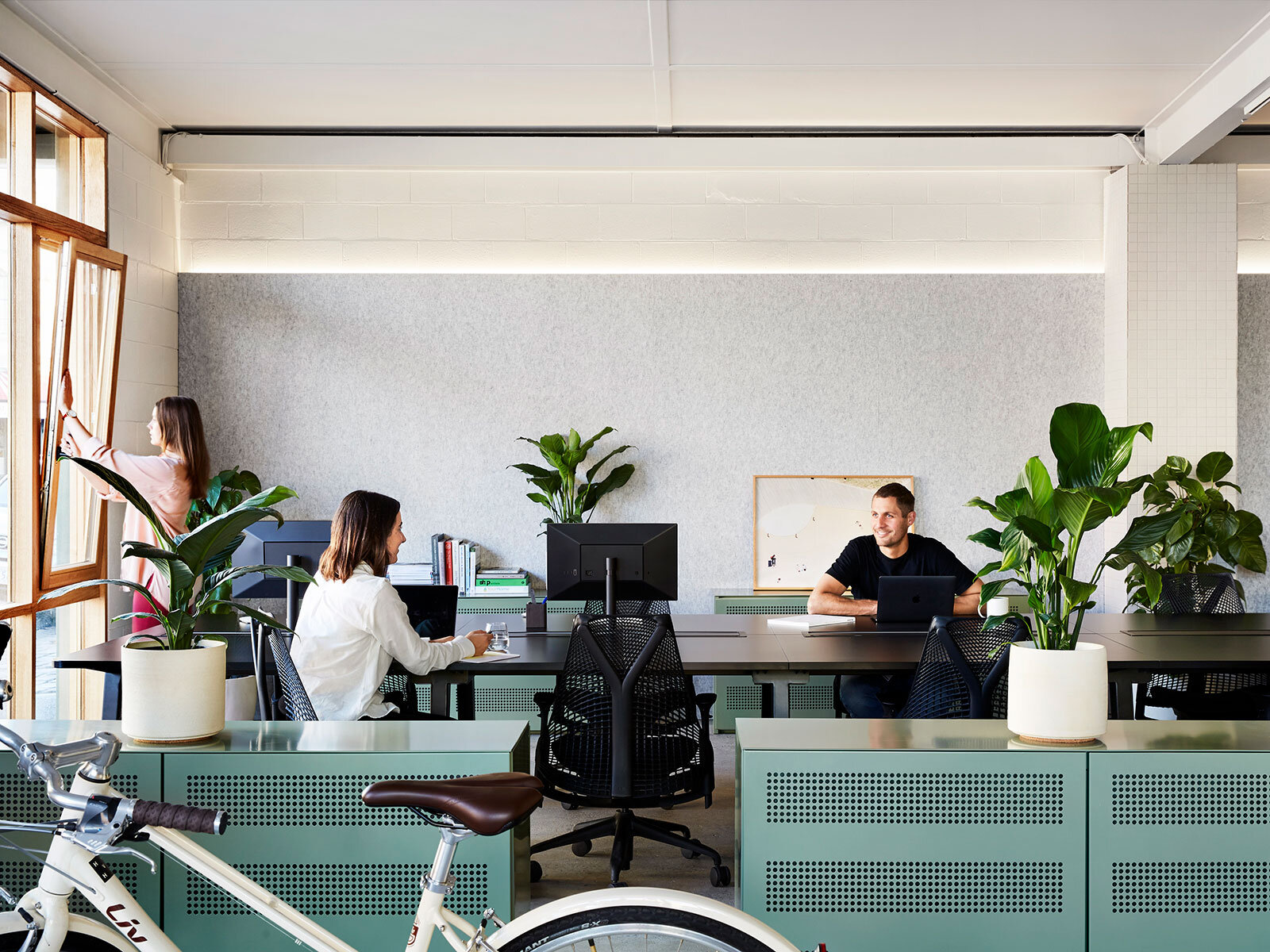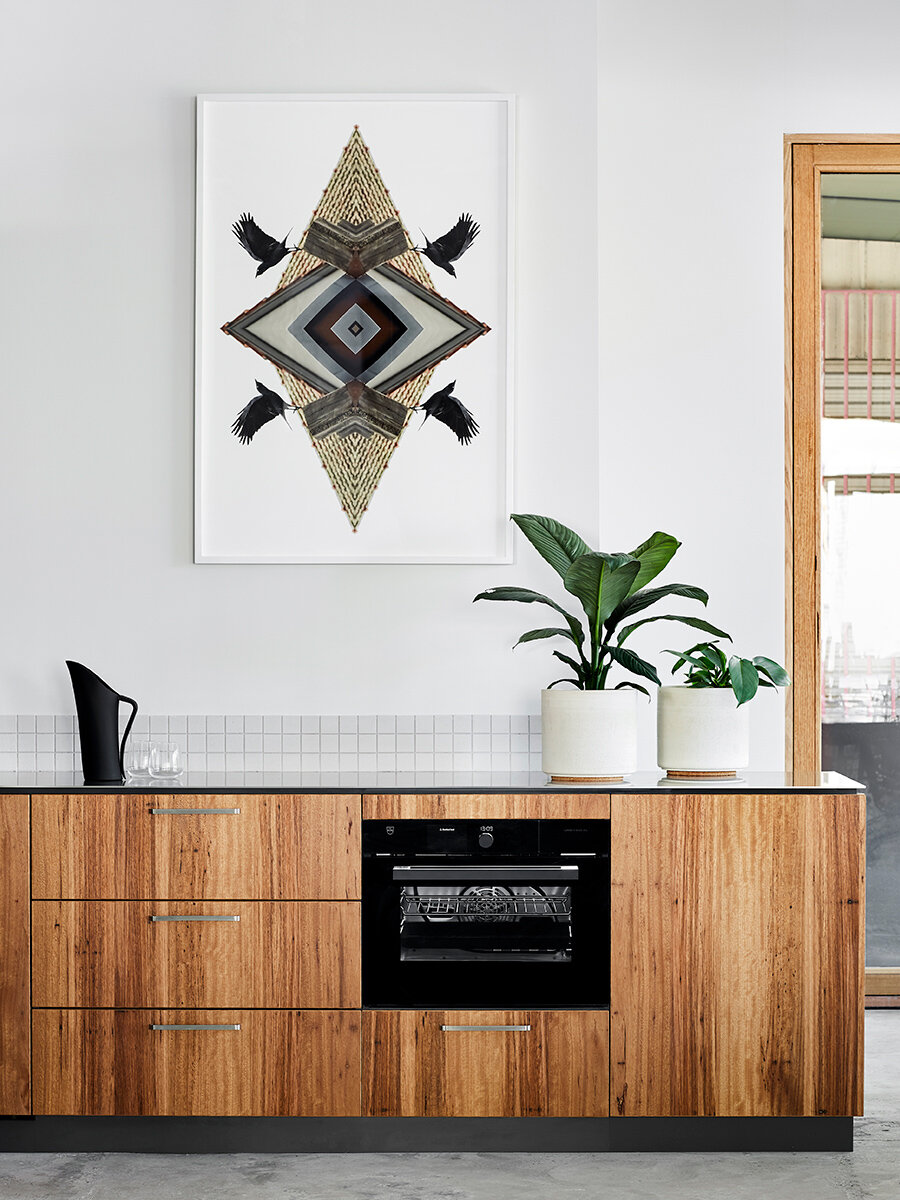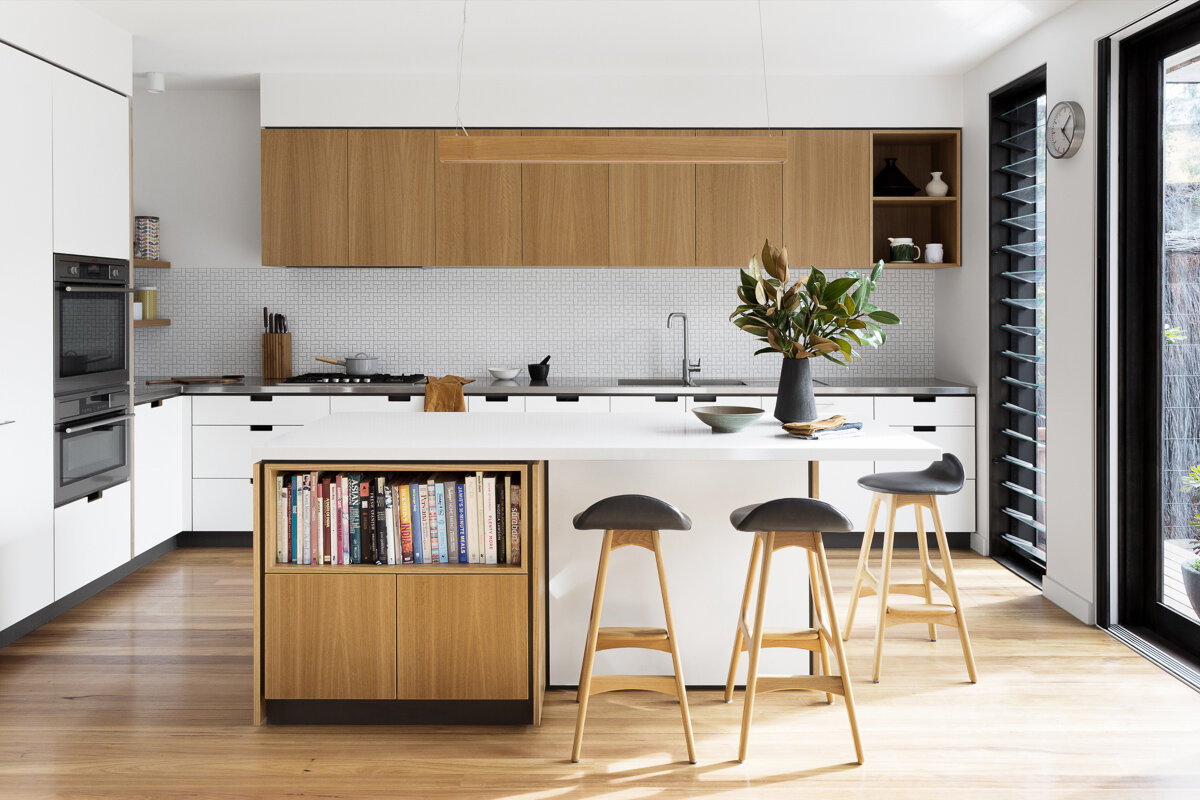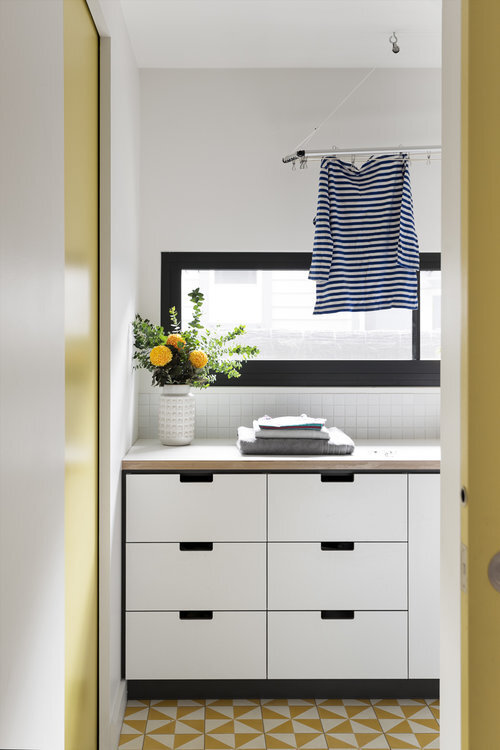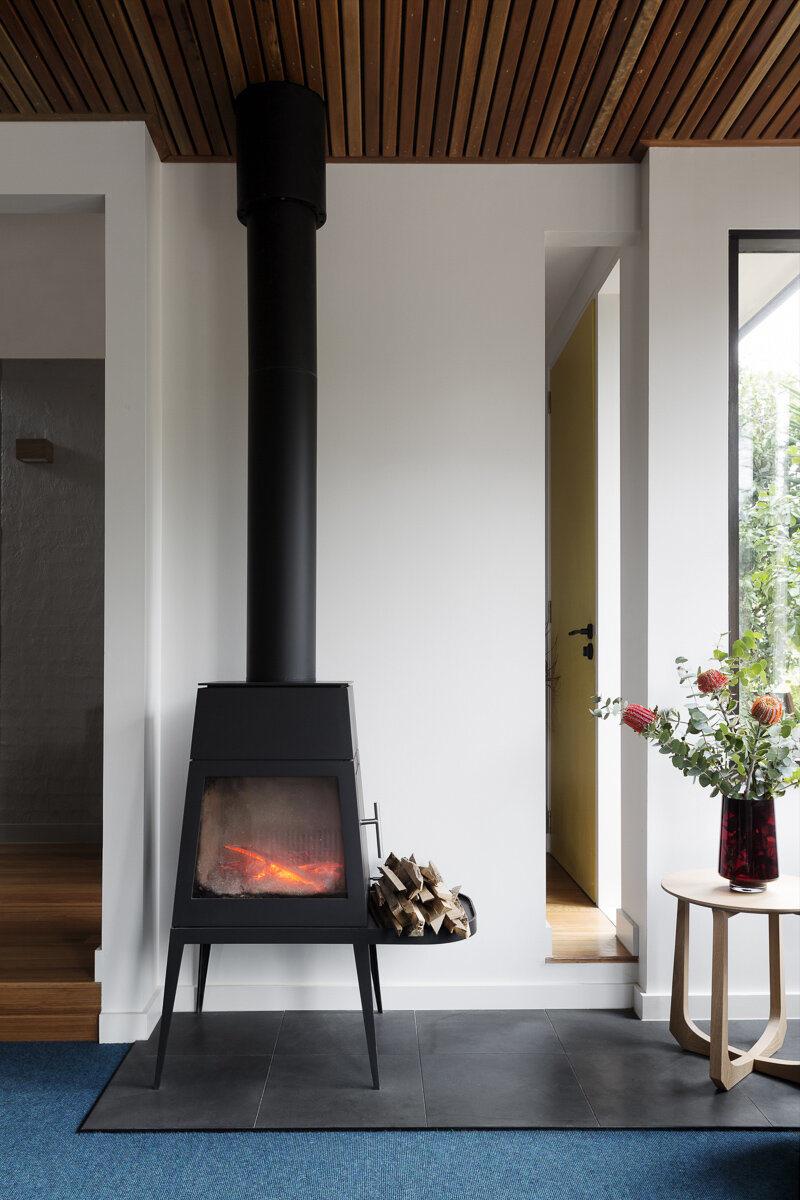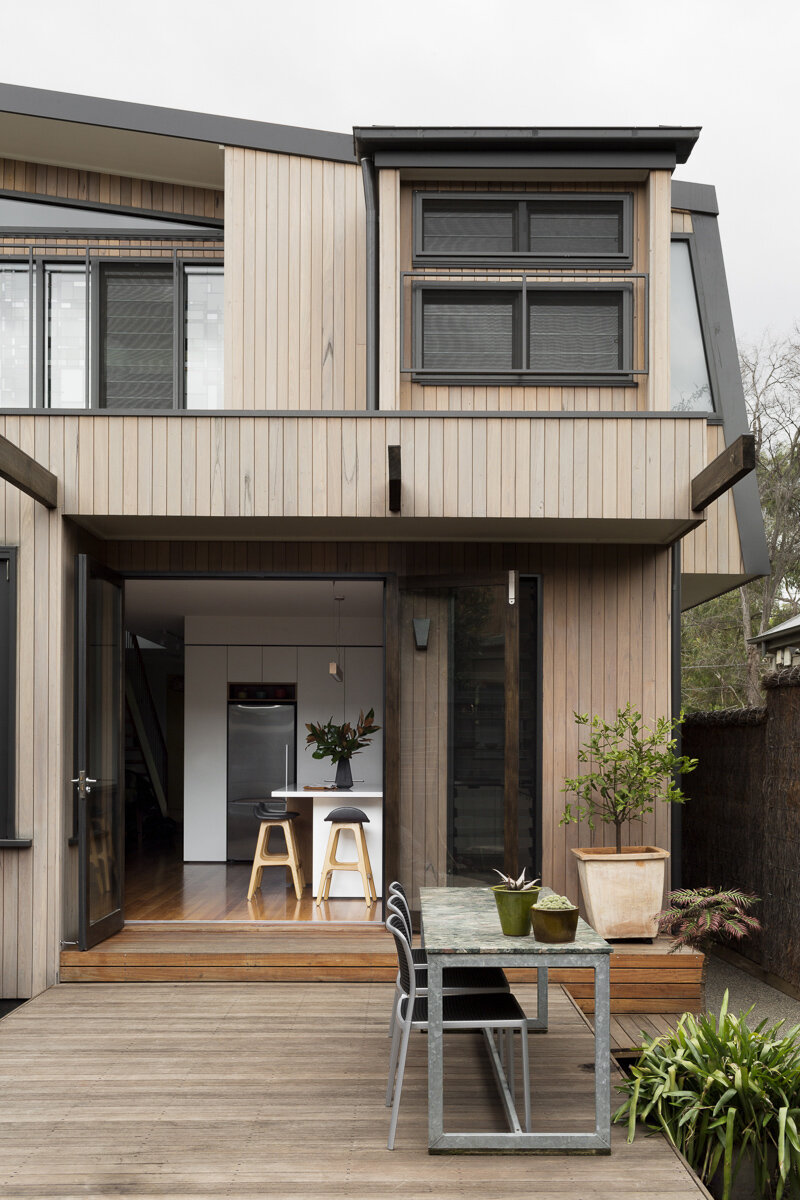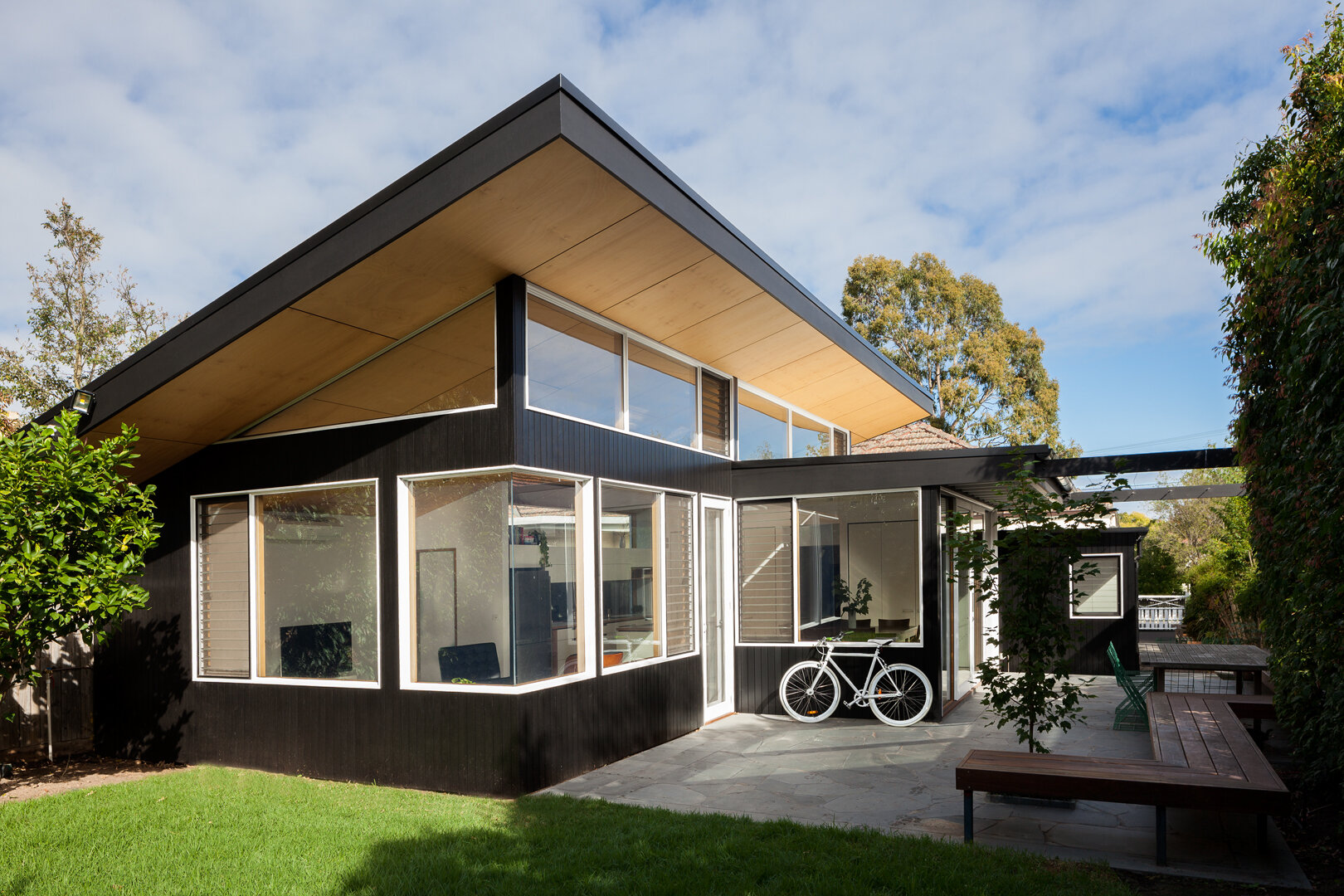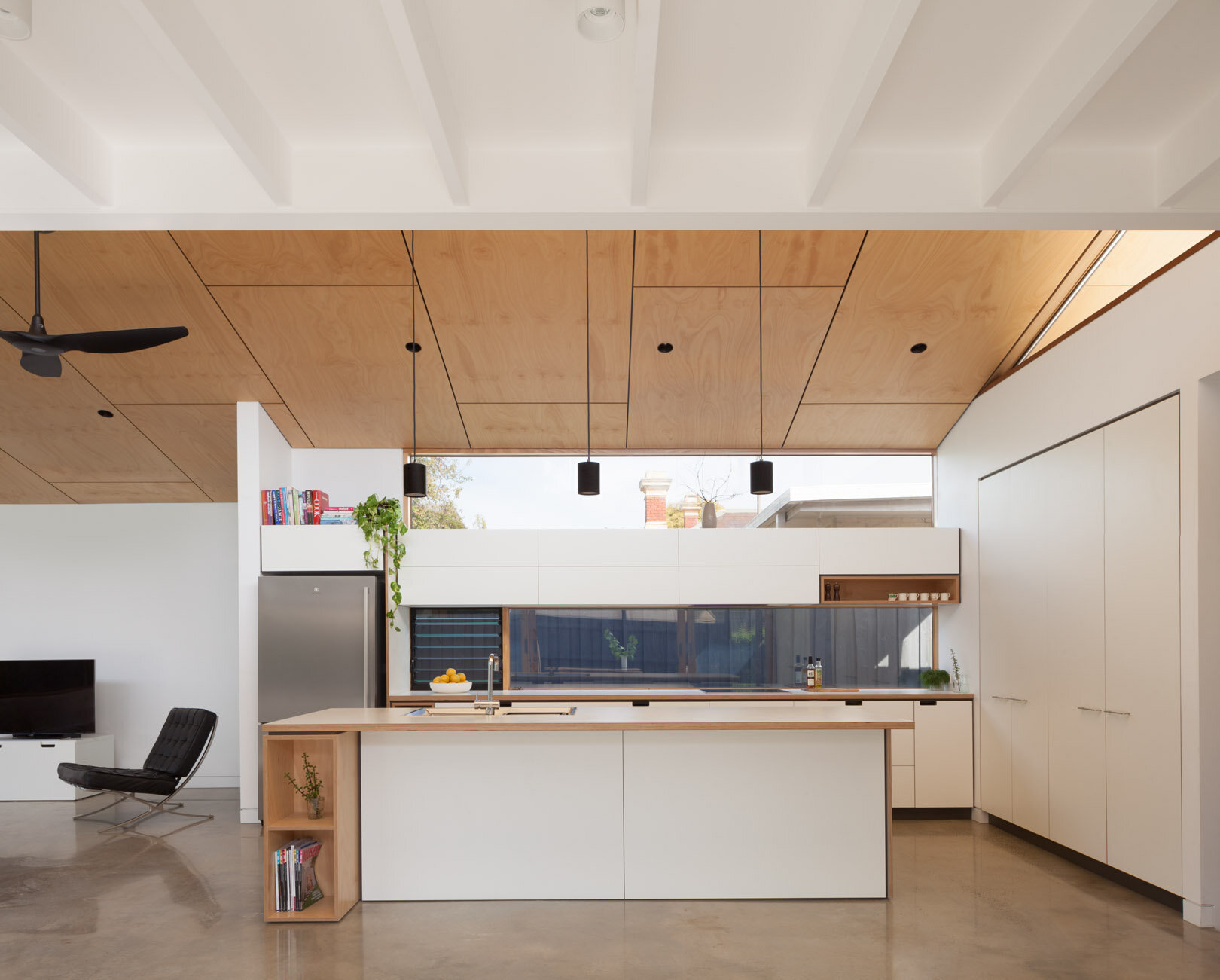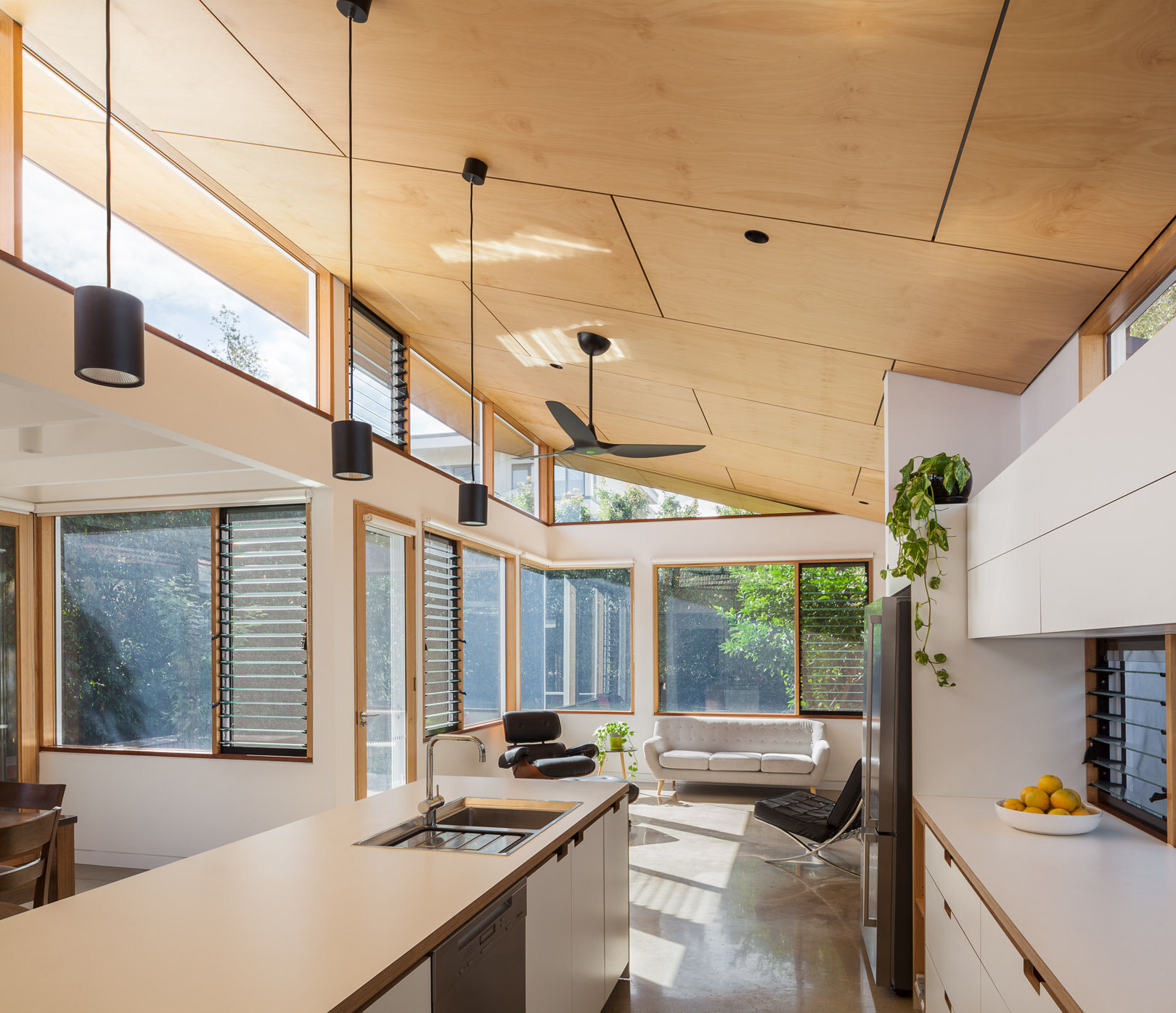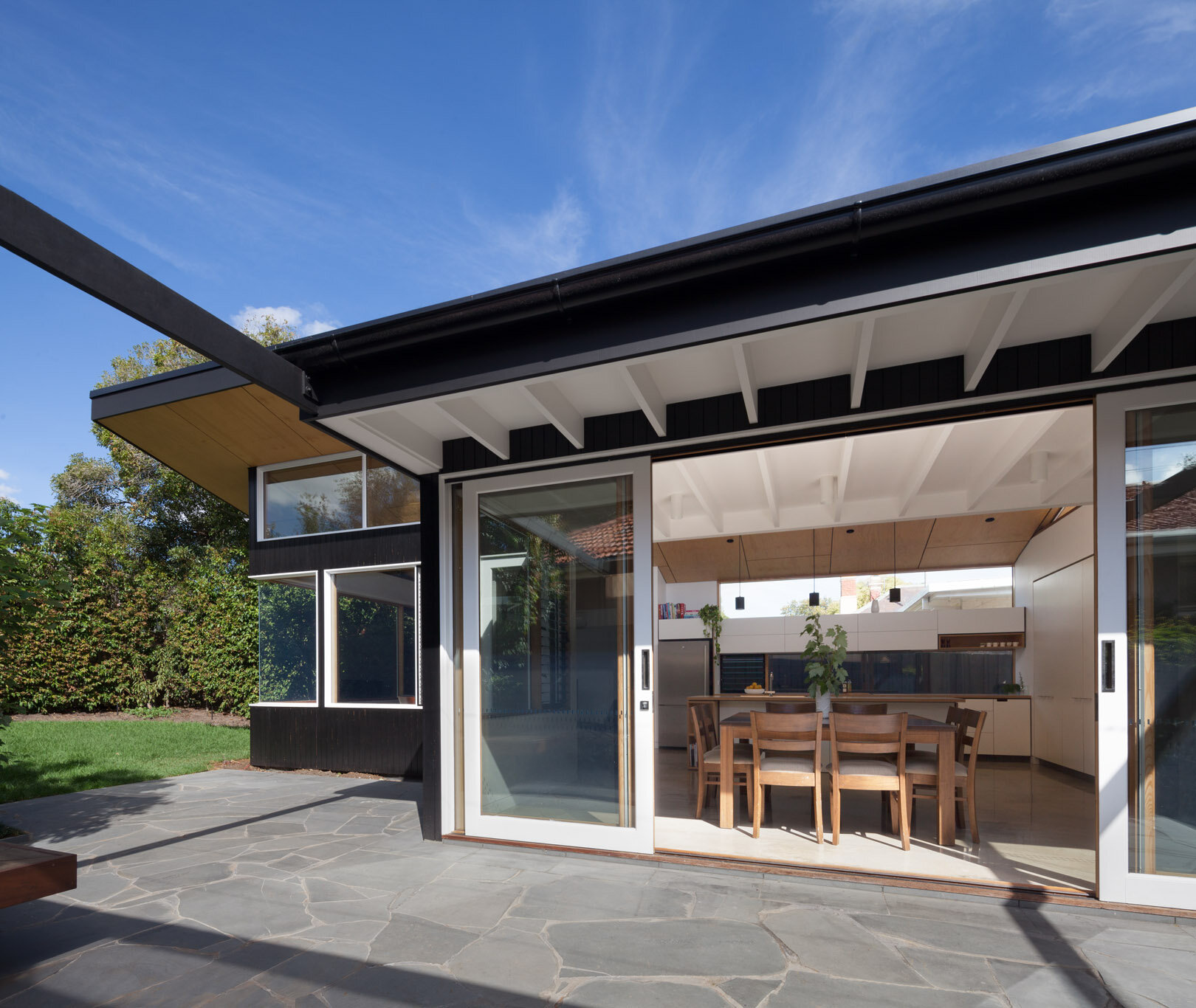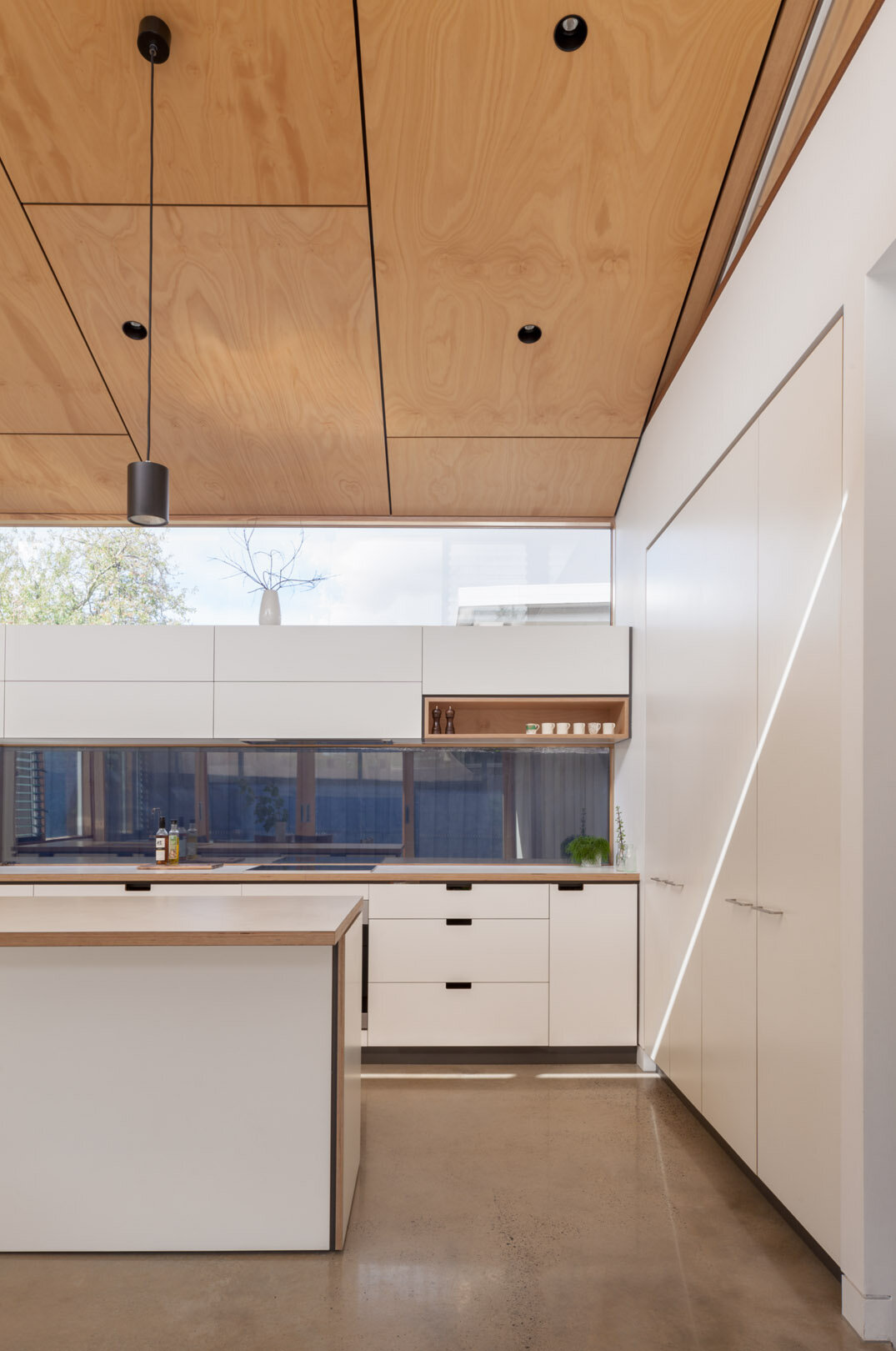Design Tips: Sustainability in Practice
Concepts of community impacting outcomes, sustainable design, respecting materials, and working ‘with nature’ to create comfortable homes are not new ideas.
At Cantilever, we have the pleasure of working with like-minded design professionals; helping them create their own homes, or workplaces, or design great outcomes for our clients.
One of the things we love about that, is the confidence we draw from knowing there are a bunch of energised people in the design community working to improve the impact and long term quality of our built, and in turn natural, environments.
Tapping into the knowledge of this community, to resource the products and learn how to apply the best design practices, is crucial to creating good outcomes, because every build is a group effort.
Liam Wallis of HIP V. HYPE, and architects Vicki McLean and Ben Callery share strategies for sustainability, and explain how Cantilever supports their responsible design practice.
Author Kylie Forbes
Resource Community Knowledge
HIP V. HYPE is an example of an enterprise that values collaboration, and specialist knowledge. The company has opened a new studio, coined The Barkly Street Collective in Brunswick, which they have designed as a living laboratory to test and prototype material choices for projects, and share the space as a Work Share Hub drawing together professionals connected to creating better built environments.
_
Liam Wallis
hipvhype.com
@hipvhype
“So the Barkly Street Collective is about us creating a space for ourselves, but it’s also for built environment professionals who are interested in working to create a more sustainable and resilient future. We become full-time desks available, month-to-month. And we also offer a ten day a month pass, which is really popular. The way we work is to say, who have we got in, what skills gaps exist, okay let’s see if we can find people with those skills to come take a desk? You have a bunch of different people from different backgrounds in the space at any one time. Odds are someone is able to answer the question.
The Collective is also sort of like a living laboratory. It’s an exploration of the kinds of materials and things that we’re looking to work within our projects more broadly. It gives us the opportunity to use the product that we’re putting into the spaces we’re creating for people. So, obviously for us - if you want to build sustainably, windows are critically important. And we’ve got an ongoing relationship with BINQ, who are a local timber window manufacturer that build high-performance timber windows. That’s where the collaboration with Cantilever comes in. I came across Cantilever through Green Magazine, ages ago and really liked what they were trying to do: sustainable materials, a more personal approach to production... their story just really resonated.
We’ve done multiple projects together, and building a kitchen for our new space offered us an opportunity to test some ideas with a new timber veneer we’re looking to use. And similarly, we’ve got V-ZUG appliances, they’re a Swiss company that have committed to being carbon neutral by 2020. That aligns really well with our values, it’s a high quality, beautifully resolved product, and it gives us the opportunity to use and better understand the product that we’re putting into the homes we’re creating for our customers.”
Photography by @tesskellyphotography and courtesy of HIP V. HYPE
Designing For Longevity
Creek House has become one of our most popular projects, and Vicki McLean (Architect and owner of the property) shares the relevance of mid-century design thinking today, and how concepts such as ‘borrowing space’, integrated joinery and quality of build impact on the livability and longevity of a small-footprint home. It seems good ideas last.
_
Vicki McLean
vickimcleanarchitect.com
@vickimcleanarchitect
“Essentially a compact, well designed, well insulated small foot-print home is the best thing you can do for sustainability.”
“I’d done a lot of study on architects from the mid 20th century. It was a time of austerity and building sizes were limited so they had to find ways to make smaller spaces feel bigger and more liveable. By ‘borrowing’ space from adjoining areas, small spaces can feel bigger. Using devices such as landings and different levels rather than walls and doors to divide up spaces enables you to ‘borrow’ space from adjacent areas. Big windows out to the garden also help.
Built-in storage and joinery was also a feature of mid-century design. Being able to put things away makes a small space feel less cluttered. There is lots of really useful storage space in Creek House. It needed to function well and it needed to look good. It also needed to be adaptable for all the different rooms. Cantilever were able to do all of that with the joinery at Creek House.
They were also able to provide a palette that worked really well in all of the rooms – the kitchen, the bathroom, the laundry, the living room and the bedroom. In a compact space, a limited but consistent palette is really important to achieving a sense of calm and order.”
Photography by Martina Gemmola, Styling by Ruth Welsby
Work Like Nature
Ben Callery’s Architecture practice is renown for creating breathable, engaging, user-centred homes. Black and White House was built in 2015, and remains a great example of holistic design. Ben shares the techniques his practice used to create passive heating and cooling, and reduce the embodied energy of the project.
_
Ben Callery
bencallery.com.au
@bencalleryarchitects
We kept the front half of the house, which is half attached to the neighbour on one side, and did a new extension out the back, as well as some internal work in the front rooms.
The whole house is designed around getting the sunlight in, in winter, so the block has north to the side and so the whole living area is in an L-shape which is stuck onto the south side of the block so that it provides an open space from the north side. We used highlight windows to get the sun coming in over the top of the lower roofs of the meals area which opened up to this lovely paved area on the north side which has a pergola with a deciduous vine growing over it.
From a passive solar point of view, you also need ventilation to minimise the need for cooling over summer, so being single story is helpful right from the start because the upper floors of two-storey houses tend to get hotter. Its also got really good ventilation on all sides of that room, including lovely, big open sliding doors on the north side, and louvre windows around the whole central area, including the window splashback. With the windows being so high as well, it also really minimises the need for cooling.
The embodied energy is one really important thing that minimises the amount of energy that is used in the production of the materials that goes into the house, and one really important factor there is keeping the old house right from the start. Instead of knocking down a whole house, and the amount of energy that has gone into producing that, actually keeping it.
The good thing for me as well was knowing that Cantilever were doing the kitchen, and in fact they were the starting point for the project, was knowing automatically where the clients were placed aesthetically, as well as values wise, how they feel about sustainability. So in a way, in the house, we tried to reflect all of those values of Cantilever’s work in the house as well. Not only from an environmental point of view but also aesthetically, we designed our work to complement the materials and detailing of the Cantilever cabinetry.
We’re happy to work with Cantilever and step back, and let them do their bit as well, do what they know best, and we can kind of go "Great! Let’s do that!". We’re not control freaks, we are really happy to work with people with complementary skill sets that can take things to the next level.”


